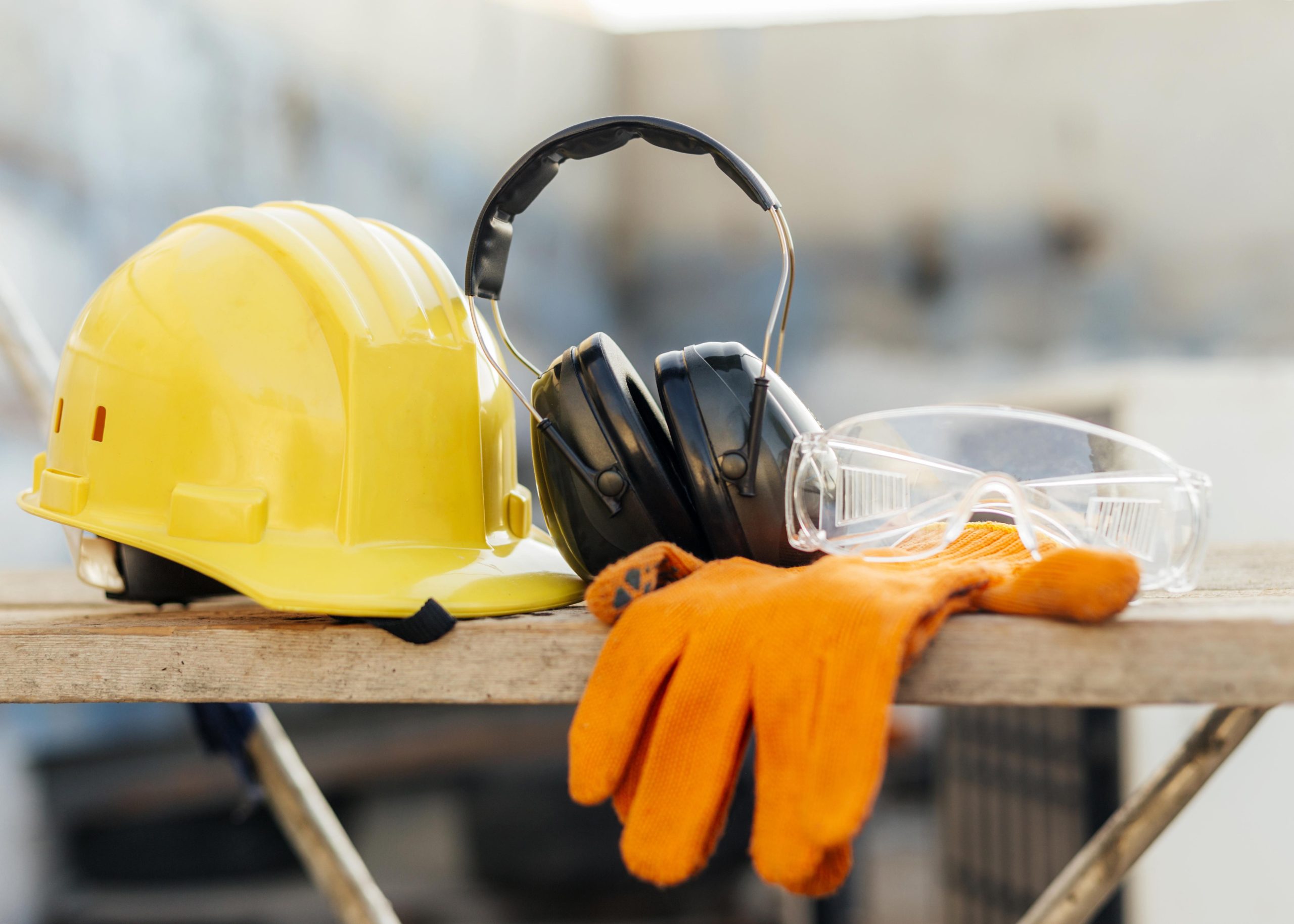Ensuring workplace safety is essential for every company to protect employees and operate efficiently. In 2025, occupational safety has become even more important, and businesses face a new challenge: adapting to new technologies and constantly changing requirements. Additionally, companies must consider Environmental Impact Assessment and comply with health and safety laws to create a secure and sustainable work environment.
The company “Gergili” has studied the key aspects of workplace safety, risk management, and how to build a strong safety culture. As a result, the company has created a document outlining the main safety challenges of 2025 and ways to solve them.
Proper Risk Assessment in the Workplace
The first and most important step in occupational safety is identifying and assessing risks in the workplace.
How can we identify and manage risks?
Risk assessment starts with identifying different types of hazards (physical, chemical, biological, mechanical, etc.). Managing these risks includes:
- Planning preventive measures to reduce risks;
- Conducting regular safety training;
- Continuously monitoring the workplace.
Using these strategies will make workplace safety more effective and help prevent accidents, ensuring compliance with health and safety laws and minimizing environmental risks through Environmental Impact Assessment.
Key Steps in Workplace Risk Assessment:
- Identifying workplace hazards;
- Determining who might be affected;
- Evaluating risks and implementing control measures;
- Assigning responsible persons and setting deadlines for preventive actions;
- Documenting and monitoring safety measures.
Building a Strong Safety Culture in 2025
How can workplace safety become a key company value?
Workplace safety should not just be a legal requirement; it should be an essential part of a company’s operations. In 2025, companies should focus on training employees, motivating them to follow safety rules, and creating a work environment where safety is a priority. Adopting Environmental Impact Assessment strategies can further enhance workplace safety and sustainability.
How Can This Be Achieved?
- Organizing regular safety training sessions;
- Establishing clear workplace safety policies;
- Involving employees in workplace safety assessments and improvements;
- Ensuring strong management support and involvement;
- Using modern technologies such as VR training and automated safety monitoring systems.
Failing to follow safety rules can lead to accidents, fines, and lower business efficiency. Most workplace safety violations happen due to mistakes in the safety system. Compliance with health and safety laws is crucial to avoiding such issues.
How to Prevent Workplace Safety Violations?
To avoid safety issues, companies should:
- Create a risk assessment document – identify potential workplace hazards and take preventive actions in time.
- Increase awareness and training – organize regular safety training to help employees understand and follow safety rules and respond correctly in emergencies.
- Monitor the use of Personal Protective Equipment (PPE) – make sure employees have and correctly use the necessary safety gear to reduce the risk of injuries.
10 Workplace Safety Tips from “Gergili”
- Always use personal protective equipment (PPE).
- Participate in workplace safety training.
- Report any safety issues to your employer or safety officer.
- Stay updated on health and safety laws and regulations.
- Keep your workplace clean and organized.
- Take care of your physical and mental health.
- Use only inspected and properly functioning equipment.
- Follow all safety instructions.
- Help improve workplace safety measures.
- Support a strong workplace safety culture.
Conclusion
In 2025, workplace safety has become a key part of a successful business. The safer the workplace, the more efficiently employees work. This reduces the risk of injuries and increases productivity, leading to a stronger and more successful organization. Companies that integrate Environmental Impact Assessment and follow health and safety laws will not only ensure compliance but also create a safer, more sustainable work environment.

